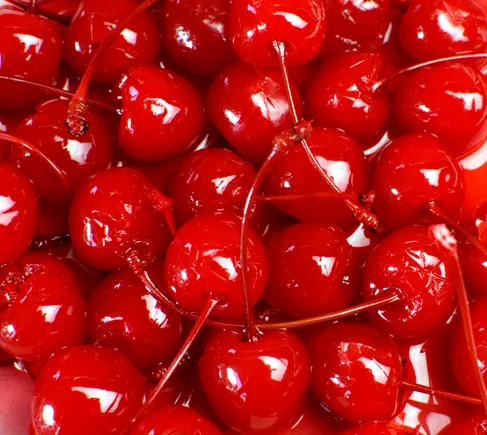The FDA approved a natural blue color derived from the fruit of the gardenia plant, while simultaneously urging the food industry to move faster to phase out Red No. 3 from its offerings.
Gardenia blue marks the fourth natural ingredient to be approved by the FDA since it asked the food industry in April to voluntarily phase out petroleum-based artificial dyes before the end of 2026. The health agency signed off on the blue color from the flowering evergreen for use in sports drinks, flavored or enhanced noncarbonated water, fruit drinks and ades, ready-to-drink teas, hard candy and soft candy.
The new color option comes as the agency also pushes for the removal of Red No. 3 sooner than the 2027 deadline set by the Biden administration.
“This expedited timeline underscored our serious intent to transition away from petroleum-based synthetic dyes in the food supply,” FDA Commissioner Marty Makary said in a statement. “Now, by expanding the palette of available colors derived from natural sources, food manufacturers have a variety of options available that will make it easier to end their use of petroleum-based dyes.”
The FDA has already approved two natural blue colors, one made from algae-based galdieria extract and another produced from butterfly pea flower. Calcium phosphate has also received approval for use as a white color used in sugar for coated candies.
Since the FDA asked food companies to remove artificial colors, about 40% of the food industry has committed to a voluntary phase-out of synthetic dyes, the government said. They include companies such as J.M. Smucker, Conagra Brands, General Mills, Kraft Heinz and Nestlé.
Momentum has been building for years to remove artificial colors as consumers push for more natural options amid beliefs that synthetic dyes could be linked to health issues.
The Biden administration banned Red No. 3, an artificial coloring linked to cancer in rats at high doses, and gave food manufacturers until Jan. 15, 2027, to reformulate products.
But as artificial colors became one of the main targets of the “Make America Healthy Again” movement spearheaded by Health and Human Services Secretary Robert F. Kennedy Jr., the Trump administration took it a step further. The FDA said on Monday it sent a letter to manufacturers encouraging them to accelerate the phase-out of Red No. 3 in foods ahead of the previously issued deadline.
Red No. 3, which was approved for use in foods in 1907, is made from petroleum. The food and drug industries used more than 200,000 pounds of Red No. 3 in 2021, according to the Center for Science in the Public Interest.
The Environmental Working Group found in 2022 that 2,876 brand-name food products contain Red No. 3. Food app GoCoCo estimated last year that roughly a quarter of baking decorations and dessert toppings have the dye, according to data cited by Bloomberg. Red No. 3 also was discovered in 16% of chewing gum and mints, 13% of candy, and 11% of cookies and biscuits.
In addition to the FDA, pressure to remove artificial dyes is mounting on the state level. West Virginia is banning food companies from selling products with seven commonly used additives and colors, and Texas is requiring warning labels on products that have synthetic dyes beginning in 2027.

